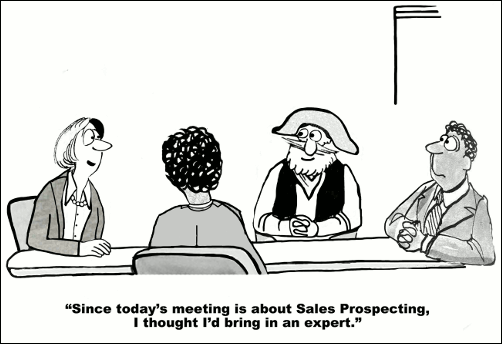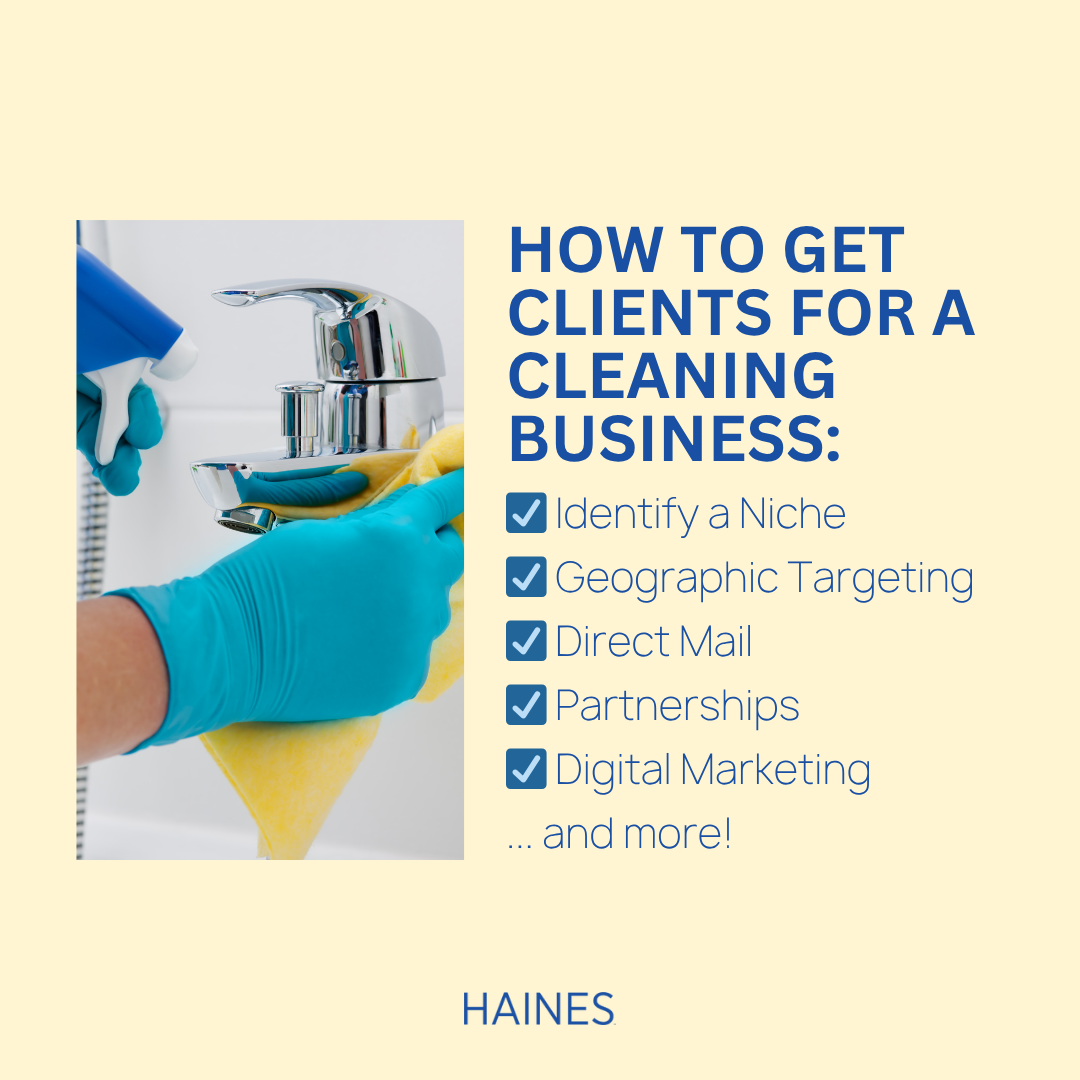Do you know the subtle difference between a lead and a prospect? Both are potential clients that must be carefully researched and approached.
But when you talk about a lead, you’re talking about a possible client who is ready to make a purchase in the near future. A prospect is someone who simply wants to know more.
While focusing on prospects does reduce your chances of closing an immediate sale, it also means that you can cast a wider net. A prospect can be anyone: from a company’s decision maker, to the receptionist. And when it comes to approaching prospects, you need to be precise.
Know When and Where to Try Prospecting
While you could theoretically prospect with anyone, you’ll be more effective if you focus on professional websites like LinkedIn or CrunchBase.
On these sites, each person you talk to could be a good prospect. They could be the company decision maker, a salesman, a passionate believer in the company’s mission, or simply connected to an industry you’re interested in.
You can determine how workable a prospect is by asking the person a little bit about themselves. This will help find common ground while you determine what resources both of you can bring to the table.

After your first conversation ends, be sure you have the prospect’s contact information, and be sure your prospect is interested in what you have to say next.
Keep the Connection with Your Prospects Warm
Now that you’ve found some prospects, you’ll need to do some follow-up research. You should already know what types of prospects work best for your business, and which ones you are actively pursuing.
So think back to what you discussed with the prospect. Then see if you can learn more about them through their contact info and professional online presence. Be sure to rank each prospect based on their level of wealth, connections, and relevance to your business’ specific criteria.
Then, within 24-48 hours of your first meeting, be sure to reach out to your prospect. The first touch should be done through a one-on-one communication, like an email or DM.
But in subsequent touches, you can communicate through forwarding blog posts and videos that answer their questions. Make sure they see you as an expert, and find ways to subtly move your prospect closer to making a purchase, without demanding they buy anything. Multiple touches and nourishing your connection is key here.
{{cta(’25a87046-e969-4ff8-bb92-e27bd2787d7f’)}}
Get Your Prospect Interested before You Make Your Offer
When you finally offer your service to your prospect, don’t open with the offer itself. Instead, ask them some questions: Are they still trying to solve that problem in their life? Are they still looking for something to bring them greater satisfaction at work or home?
If so, what’s stopping them? What’s the one thing that they’ve been seeking, for years, with no real solution?
Be sure you listen, truly listen to what they have to say. Then show them how your product or service would change their lives for the better.
Now back off. Say your product might not be the right fit for them. Say that they’re smart enough to come up with a better solution. Tell them that you only mentioned your service because you thought it might be able to help.
Be genuine in your desire to help. Your prospects will know if you’re trying to trick them. But be sure you present your product as a solution and encourage them to give you the feedback you’ll need to close the deal.
Turn Dead-End Deals into a Chance to Reach out to Someone Else
It feels great to complete a sale and connect your prospect to a product they really love. But in the end, you can’t really control someone’s final decision.
So if you’ve tried every trick in the book, and your prospect is still saying no, you need to pivot. That way you can turn the connection into a success, whether or not it results in a sale.
First, assume they’re going to say no. That way any sale will come as a great surprise, and you’ll come off as responsive and open in the face of defeat. Then check in with your old prospects every few months or so through a newsletter or mass email.
Set up reminders on LinkedIn so you can congratulate them on every job change or major life event. Note the professional connections that are reaching out to them as well, and see if you can introduce yourself through your common acquaintance.
Also see if LinkedIn’s algorithms recommend similar people that you can reach out to and prospect. Even if you and the prospect aren’t going to be the right fit, they can open up a whole world of people who might be.
Don’t let leads slip away! The first two hours after receiving a lead can make or break your chances of reaching the prospect. Get our free guide to learn more.
{{cta(’50b34748-f2e0-4d53-9ba5-03c11a610a5c’)}}
About the Author

Ashley Williams
Since 1932, Haines has been publishing the original Criss Cross directory. Now, instead of a giant book, we deliver the same great information in a digital format. We are a family-owned, certified women-owned business led by me as our first female, fourth-generation CEO. Our Criss+Cross Directory is nationally recognized for delivering essential residential and property data. We serve diverse clients — from government agencies to real estate professionals, mortgage companies, investors, contractors, and more
Want to Get More Tips from Haines? Subscribe to Our Blog
Recent Posts
Testimonials













